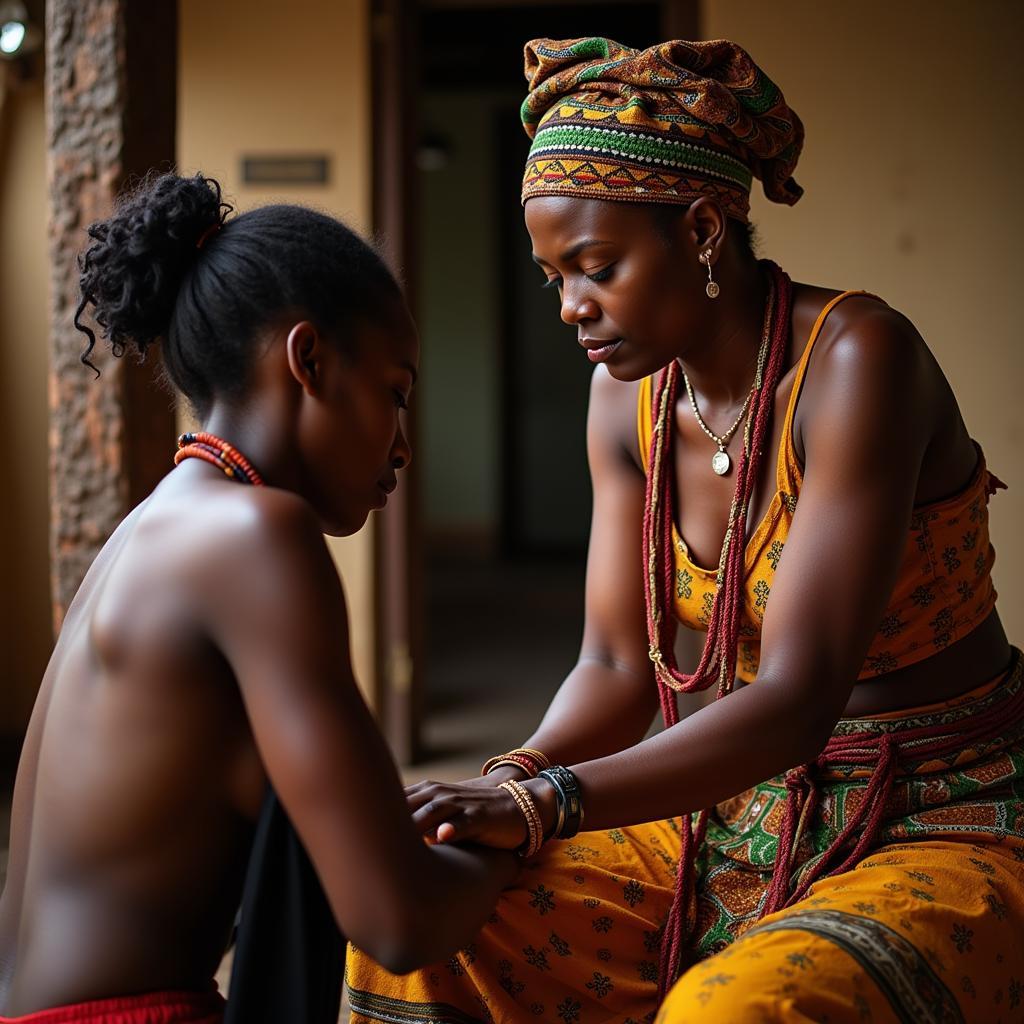Understanding the Complexities of African American and Hispanic Relations
The relationship between African Americans and Hispanic groups is a multifaceted and often complex one. While both groups have faced systemic racism and oppression in the United States, there are historical and contemporary factors that contribute to tensions and misunderstandings. This article explores the historical context, social realities, and current dialogues surrounding the relationship between these two communities.
Historical Roots of Intergroup Relations
The history of African Americans and Hispanic groups in the United States is intertwined with the legacies of colonialism, slavery, and immigration. While both groups have experienced discrimination and prejudice, their specific experiences and trajectories have differed significantly.
African Americans have a long and painful history of slavery, segregation, and racial violence in the United States. They have faced centuries of systematic oppression and disenfranchisement, leading to deep-rooted issues of racial inequality.
Hispanic groups, on the other hand, arrived in the U.S. through various waves of immigration, often fleeing poverty, political instability, or economic hardship in their home countries. They have faced prejudice and discrimination based on their ethnicity, language, and immigration status.
Socioeconomic Factors and Social Mobility
Socioeconomic disparities contribute to the complexities in the relationship between African Americans and Hispanic groups. While both communities face challenges in achieving upward mobility, they often experience these disparities in distinct ways.
For example, African Americans are disproportionately represented in poverty, unemployment, and incarceration rates. They also face systemic disadvantages in areas such as education, healthcare, and housing.
Hispanic groups, although facing their own socioeconomic challenges, often exhibit greater economic mobility compared to African Americans. This difference can lead to perceptions of competition for resources and opportunities.
Understanding Perceptions and Stereotypes
Perceptions and stereotypes play a significant role in shaping intergroup relations. African Americans and Hispanic groups often face negative stereotypes that contribute to tensions and misunderstandings.
For example, African Americans may be stereotyped as being violent, lazy, or criminal, while Hispanic groups may be stereotyped as being illegal immigrants, criminals, or taking jobs away from American citizens. These harmful stereotypes can lead to prejudice, discrimination, and even violence.
Addressing the Challenges and Building Bridges
Addressing the complex relationship between African Americans and Hispanic groups requires a multifaceted approach that acknowledges the historical context, recognizes the unique experiences of each group, and promotes understanding, empathy, and collaboration.
Dr. Maria Lopez, a sociologist specializing in intergroup relations, highlights the importance of open dialogue and shared experiences:
“It’s crucial to create spaces where both African Americans and Hispanic groups can share their perspectives, challenges, and aspirations. We need to move beyond simplistic narratives and engage in authentic conversations that foster understanding and empathy.”
Some strategies for building bridges between these communities include:
- Promoting intercultural education: Integrating diverse perspectives and experiences into school curricula can foster a more inclusive and understanding society.
- Supporting community-based organizations: Organizations that work to address issues of poverty, inequality, and discrimination can provide vital support and resources.
- Promoting intergroup dialogue and collaboration: Creating spaces for open and honest conversations can help dismantle stereotypes, address misconceptions, and build trust.
Conclusion
The relationship between African Americans and Hispanic groups is a complex and evolving one. While historical and social factors have contributed to tensions and misunderstandings, there are also opportunities for understanding, collaboration, and progress. By acknowledging the challenges, promoting dialogue, and fostering empathy, we can work towards a more just and equitable society where both communities can thrive.
FAQs
Q: Are there any specific programs or initiatives that address the needs of both African Americans and Hispanic groups?
A: Yes, there are several programs and initiatives that aim to address the specific needs of both communities. For example, some organizations work on improving access to education, healthcare, and housing for both groups.
Q: What role does media play in shaping perceptions and stereotypes?
A: Media plays a significant role in shaping perceptions and stereotypes. Often, media representations can reinforce negative stereotypes or perpetuate harmful narratives. It is essential to promote media literacy and critical analysis of media content to counter these biases.
Q: How can individuals contribute to building better relationships between these groups?
A: Individuals can contribute by challenging their own biases, engaging in respectful dialogue, supporting organizations that promote equality, and advocating for policies that address systemic inequalities.
Q: What are some examples of successful collaborations between African American and Hispanic groups?
A: There are numerous examples of successful collaborations between African American and Hispanic groups. Some notable examples include community-based organizations that address shared issues, social justice movements that advocate for equality, and cultural events that celebrate diversity.


